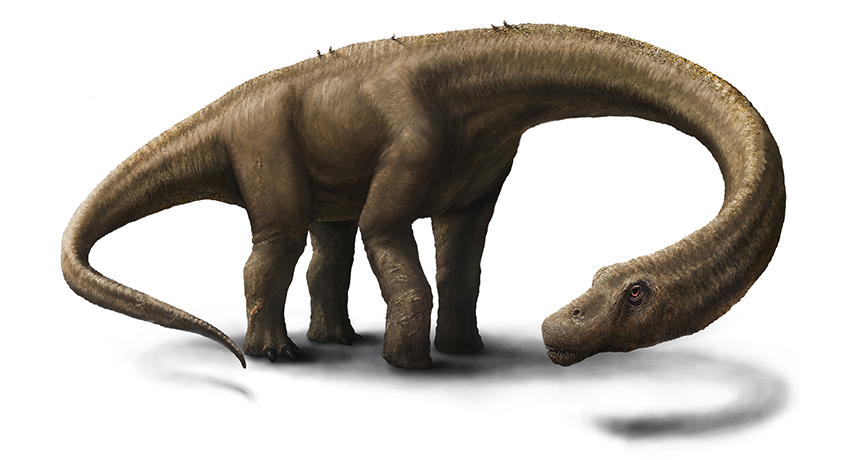New analysis cuts massive dino’s weight in half
Dreadnoughtus maybe wasn’t as dreadful as original estimates suggested

SIZE CHECK The gigantic dinosaur Dreadnoughtus schrani may not have weighed as much as scientists thought. A new analysis of bone volume puts the dino’s weight at as little as 22,000 kilograms.
Jennifer Hall